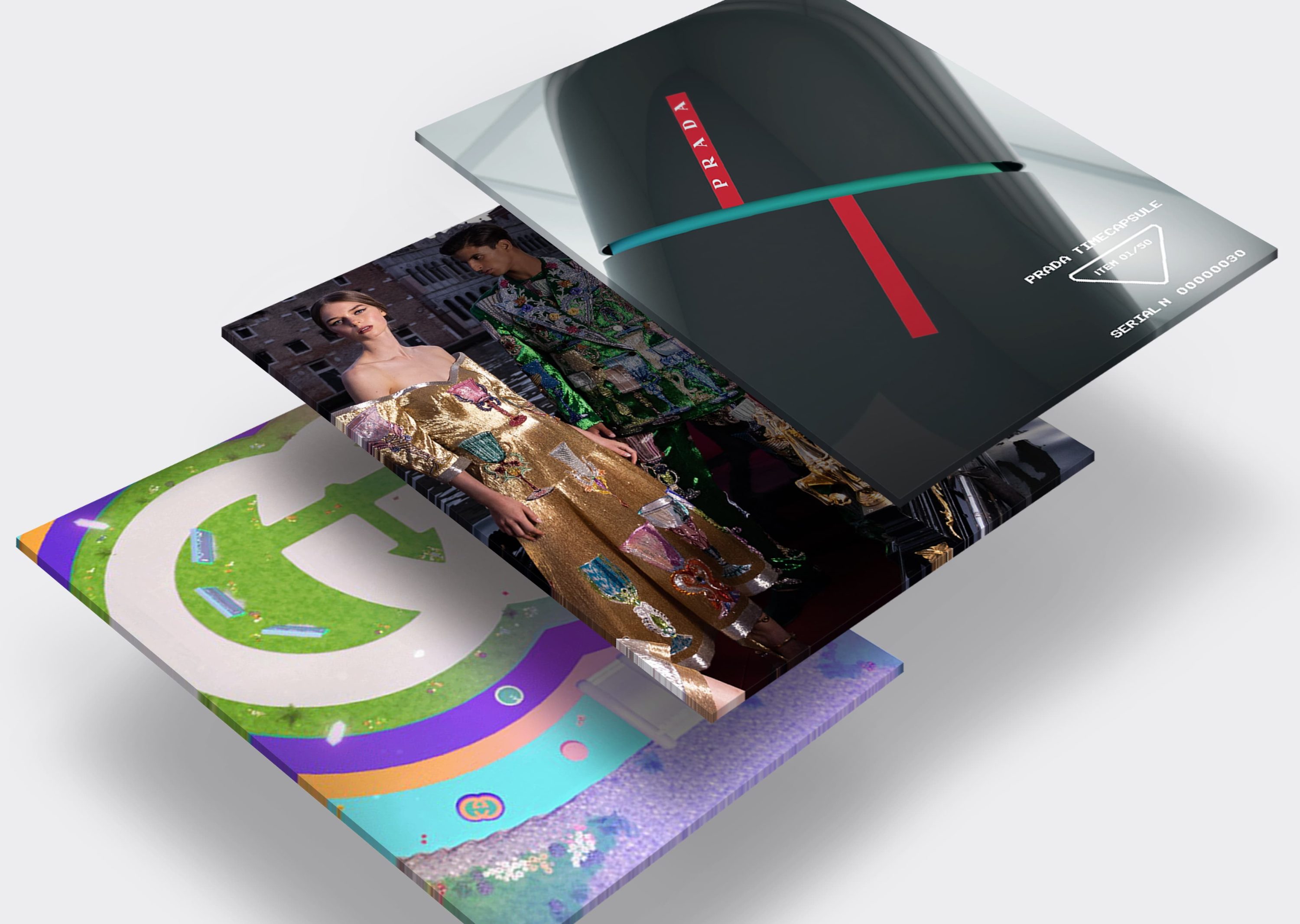How are brands using Web3?
By Mark Hooper
Everyone seems to agree that Web3 offers hugely exciting opportunities for fashion. But no-one’s quite worked out what it’s for yet. By looking at what’s worked so far, we can start to imagine what’s to come…
What is Web3 anyway – and Why is it Exciting for Fashion Brands?
Web3 has become such a marketing buzzword that it’s worth taking a step back and defining what it is – and what it’s not. In short, it is a new iteration of the world wide web: one that is built on decentralization, incorporating the blockchain (the technology behind bitcoin transactions) and NFTs. It is not the same as the metaverse – rather, people can use Web3 to access the virtual online worlds of the metaverse.
The decentralized aspect is important because, instead of being controlled by tech giants such as Google, Web3 is set up in a more open way, where products and services are created and governed together, meaning (in theory) that everyone gets to benefit. This is an exciting opportunity for brands because it offers new ways to connect with customers and to create value.
As well as the chance to be there from the start and become early adopters, fashion brands are attracted by the new approaches of product ownership and ways to build brand awareness and engagement that Web3 offers. It is as much about ‘unlearning’ as learning: embracing a new, customer-led approach. By connecting to an audience of young, digital first customers that is often hard to second-guess, brands can study and explore their behaviors.
Digital ownership and collectibles
Many brands have so far dipped their toes in Web3 by introducing NFTs: unique digital assets that serve as tokens of ownership for digital items including artwork, music, videos… and of course fashion items. This is perhaps the easiest aspect of Web3 to understand and most clearly applicable, since it offers the chance to produce digital ‘collectibles’ that can be bought and sold on the blockchain. These could be digital versions of existing physical product lines that are integrated into the metaverse (so that, for instance, you can dress your avatar in designer clothes within a virtual online world).
There are countless examples of this: Balenciaga collaborated with Epic Games to create virtual wearable accessories and weaponry that players could buy in the Fortnite metaverse. Tommy Hilfiger has embraced the concept of virtual stores and digital collections across a number of platforms. Gucci and Ralph Lauren have experimented with creating products and experiences within Roblox.
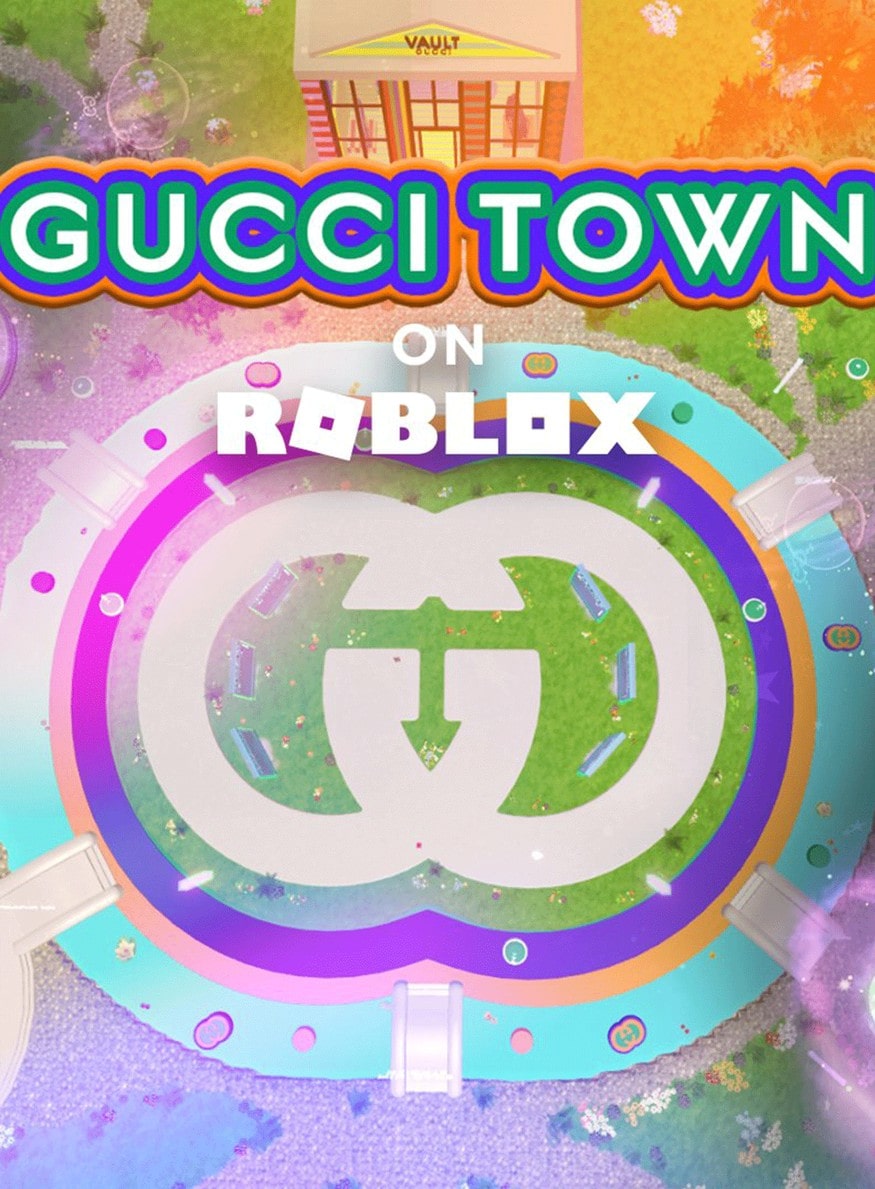
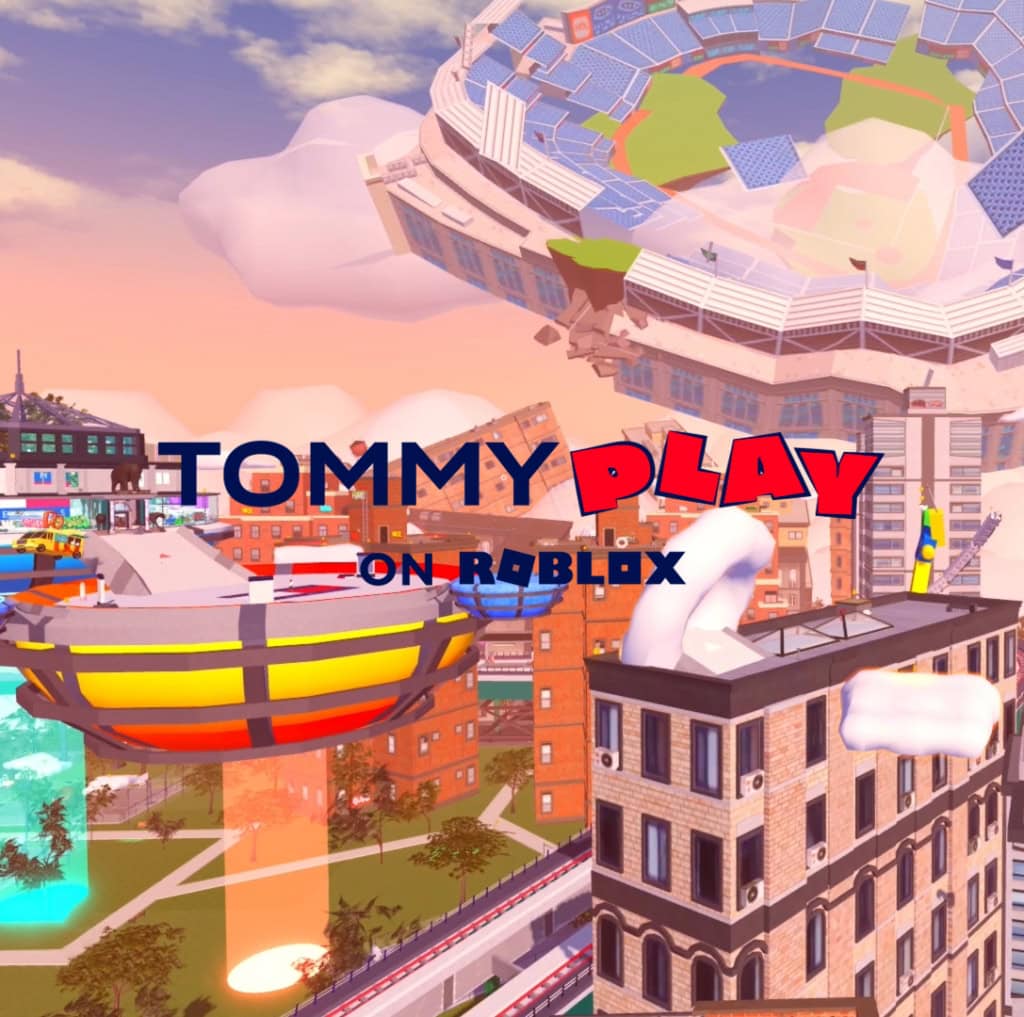

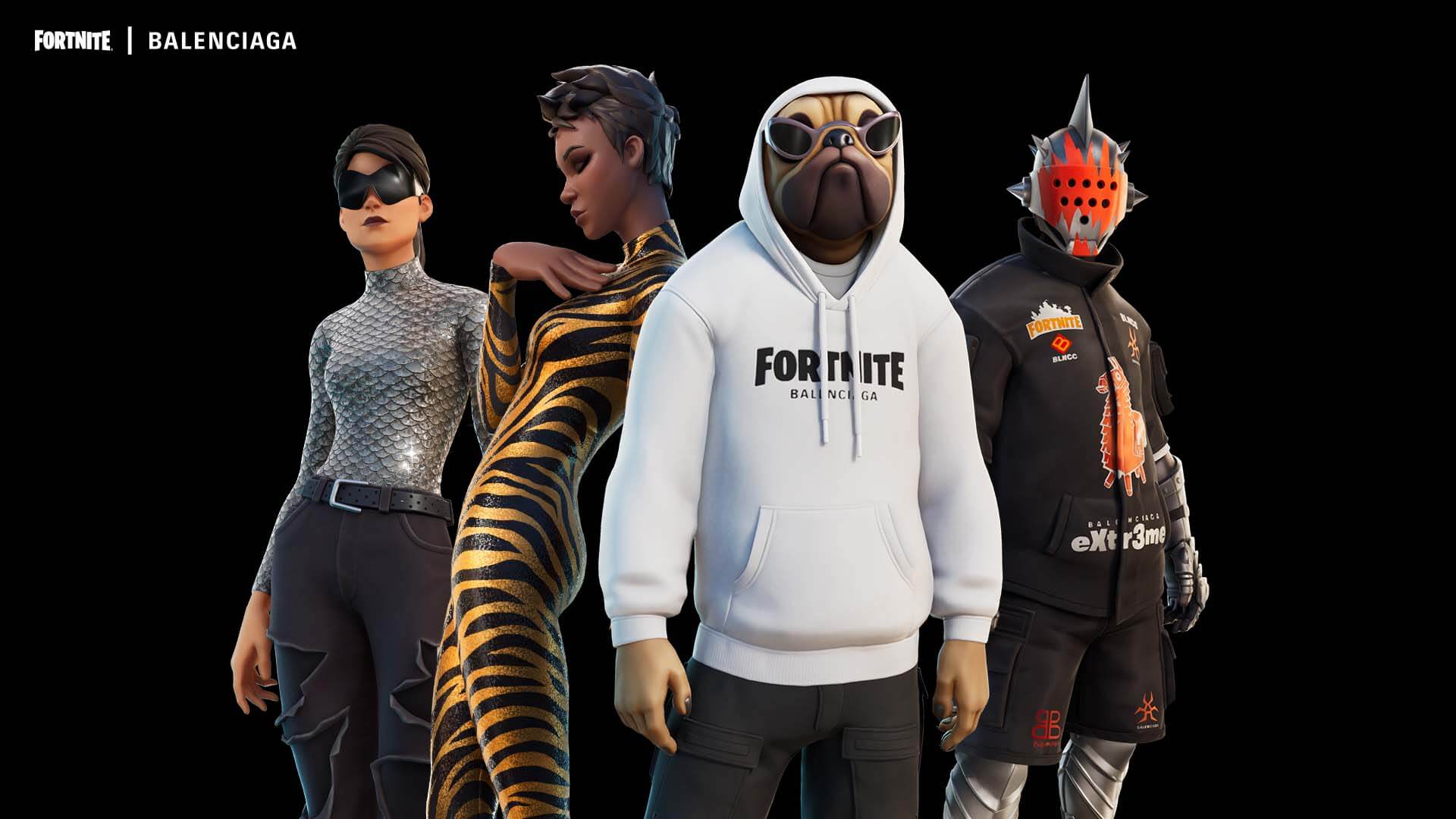
Hybrid products
These virtual products are just the tip of the iceberg, however. Being able to explore dedicated online environments and add skins or digital items to your avatar make for a good PR exercise, and they also provide a good testing ground to see what designs are popular with a given audience. (Lacoste even launched an NFT project that gave owners the chance to co-design products). But Web3 offers more practical opportunities.

Physical, real-world products can be enhanced with web3 technology – data about the product can be added to the blockchain to include digital information about a product’s design or production, or to serves as a stamp of authenticity. This is stored permanently (it is ‘non fungible’), providing added value for a collectible, working as an anti counterfeiting measure or serving as a way to trace ownership through secondary sales.
There are all sorts of exciting applications for this technology – virtual trading cards, for instance, can be released containing embedded video footage (as we already see in the fields of sport and entertainment). It also works as an added incentive or membership benefit – as part of a points reward system, or recording ‘loyalty’ points from activity (such as attendance of events) – leading to unique offers, invites, early bird access, and more. Dolce & Gabbana has experimented with combining both tangible products and digital merchandise as NFTs, while Prada has provided a complimentary NFT with sales of physical product.
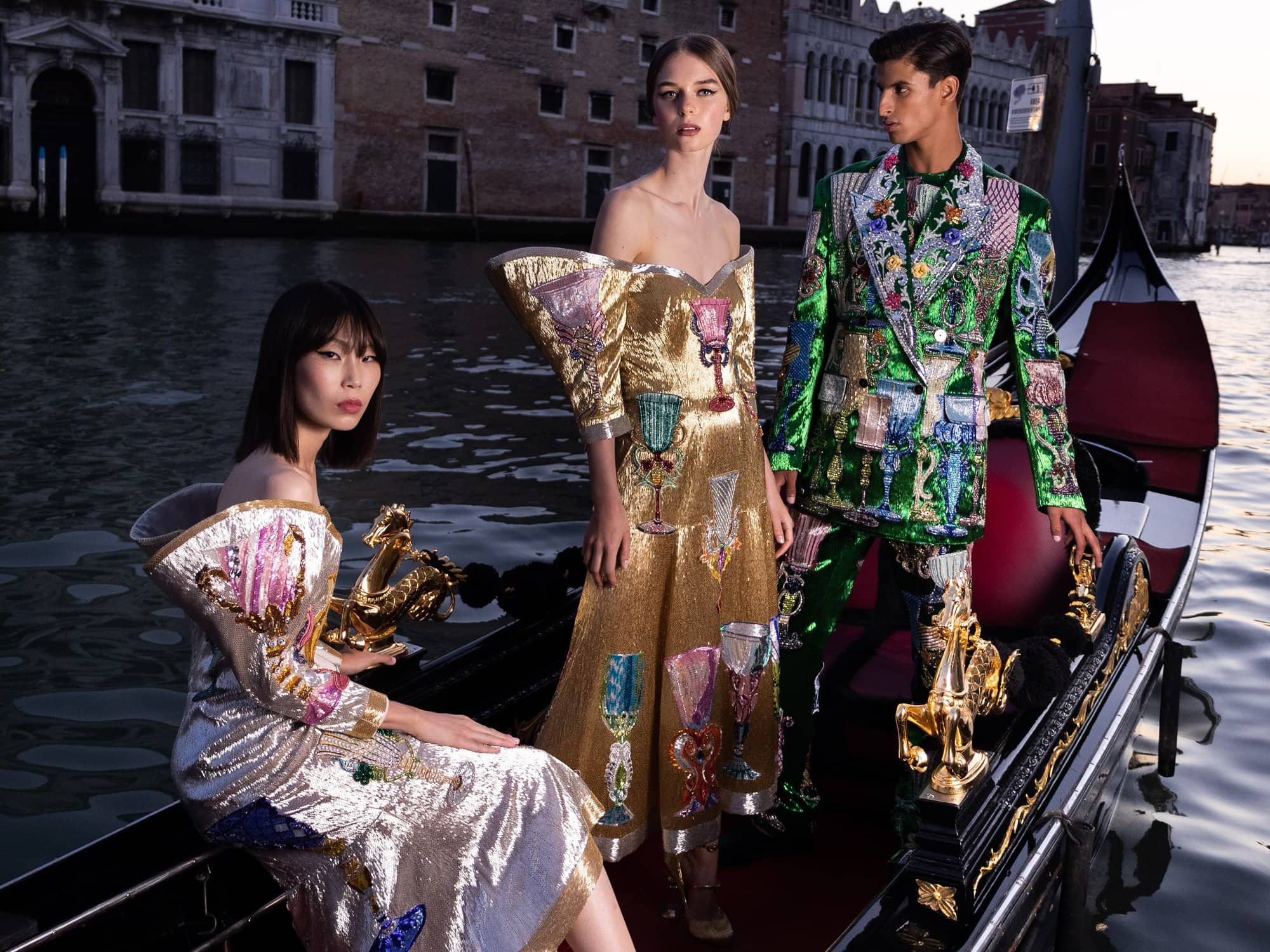
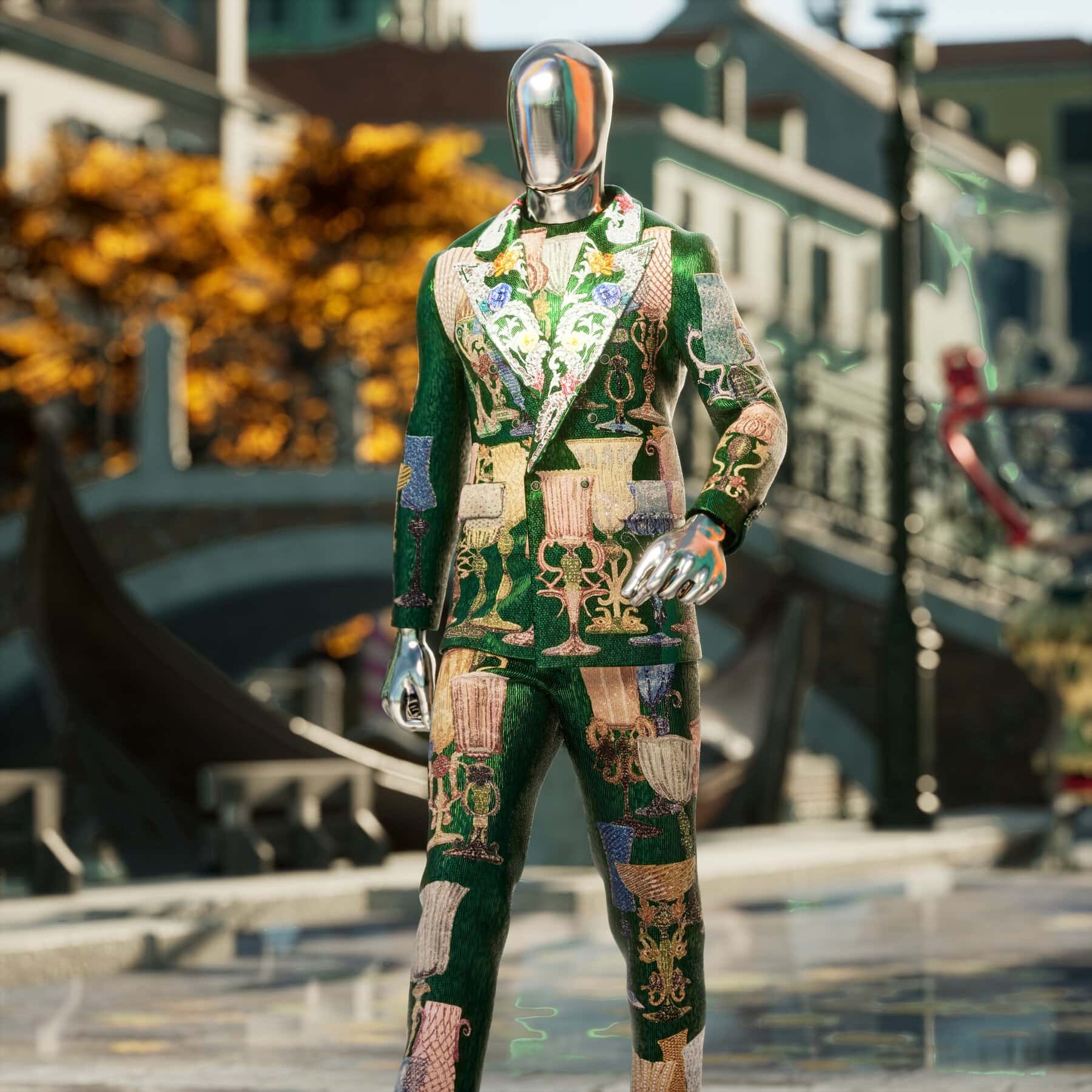
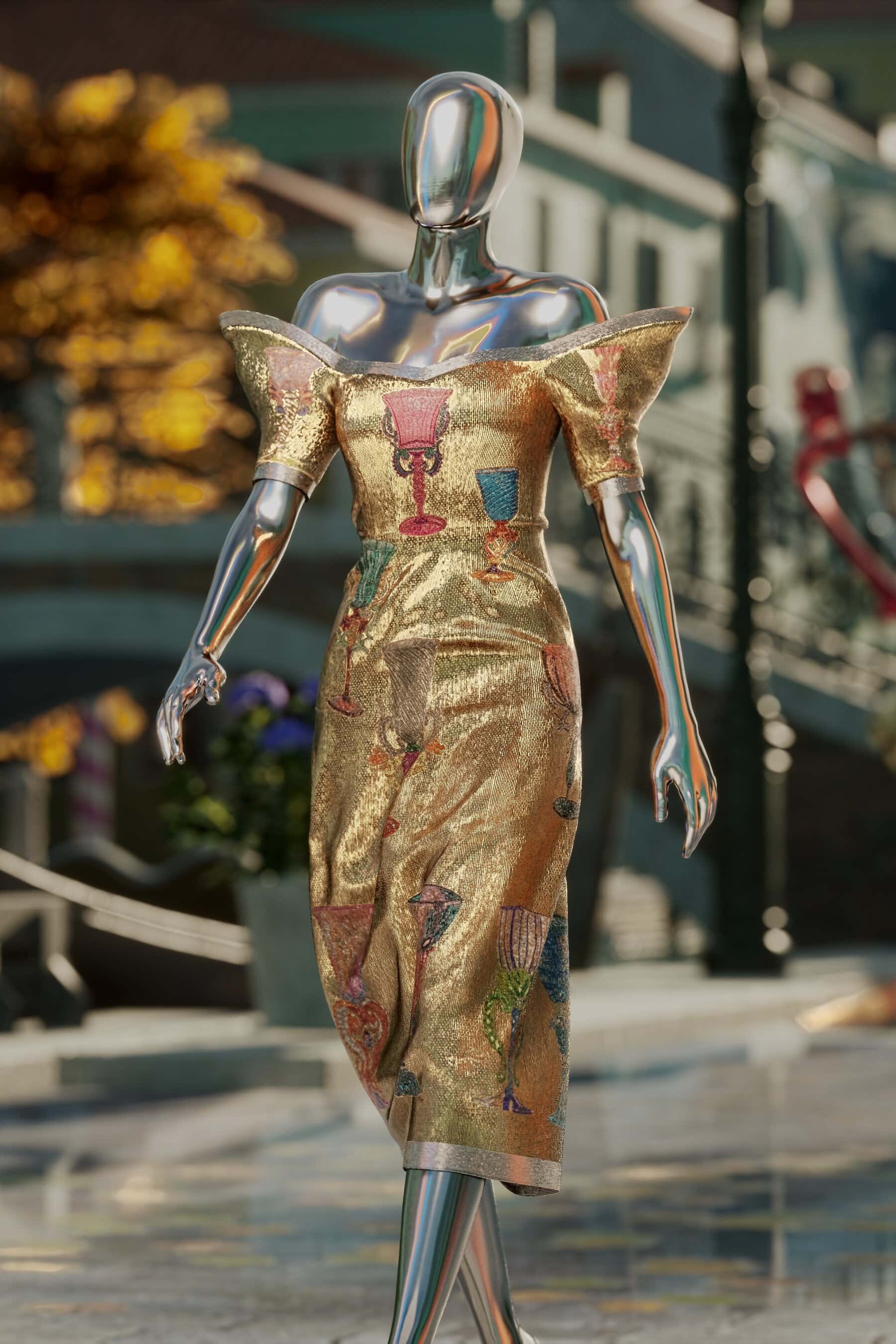

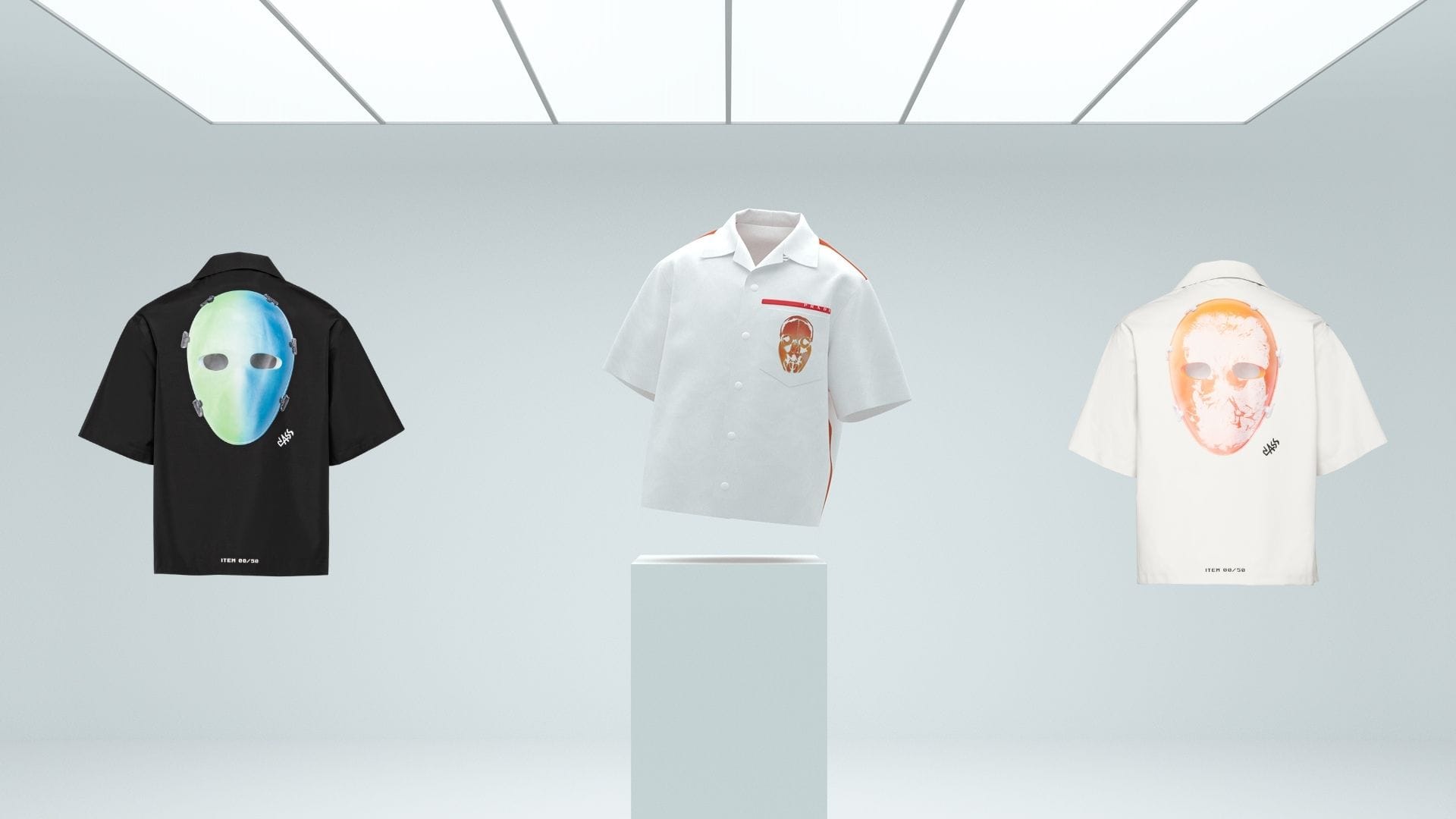
Community building
This starts to point to an exciting emerging trend: moving away from the novelty of NFTs towards a fuller exploration of what a decentralized model can mean for fashion. Rather than buying a product outright, ownership can be shared, in much the same way as one might invest in company shares.
At a basic level, virtual items could be shared between avatars, replicating renting trend in fashion retail. But there are far more intriguing implications here. Individual customers could own portfolios of shared assets, profiting from the resale of items that are sold on through the blockchain, and also earning discounts and rewards (this is something we are already seeing in Chinese online marketplaces such as Pinduoduo).


Group buying trends can also provide real-time information on customer demand, purchase patterns and the popularity of products – which could be advantageous to brands in terms of negotiating production discounts to forward planning as well as research and development. This can help brands to streamline their processes and reduce some of the enormous risk in product launches. Furthermore, customers could be offered tiered membership, with different levels of access / reward based on their behaviors and portfolio of assets – and by buying and selling as a group, such benefits can be shared through a community. Decentralized financing models can also help to support independent designers – by investing in the brand itself rather than just its products.
Buyer beware
There are plenty of caveats that should be added before we all get carried away in this brave new virtual world. For a start, Web3 implies a rethinking of how we view ownership. The repercussions of this will be felt in everything from copyright to control. There is also the environmental impact to consider of the carbon emissions created by trading on the blockchain. (Although virtual items are of course more sustainable than those that use up physical raw materials to create.)
But the unique qualities of Web3 offer solutions for many of fashion’s deepest-lying problems, from supply chain traceability to anti-counterfeit authentication. It can help independent designers to become more efficient in production and to find alternative financing.
The opportunities for experimental, experiential marketing campaigns that are immersive, interactive and personalizable are enticing: as are the possibilities for engaging with and learning from customers. Most exciting of all – it is the audience that will lead the market.
